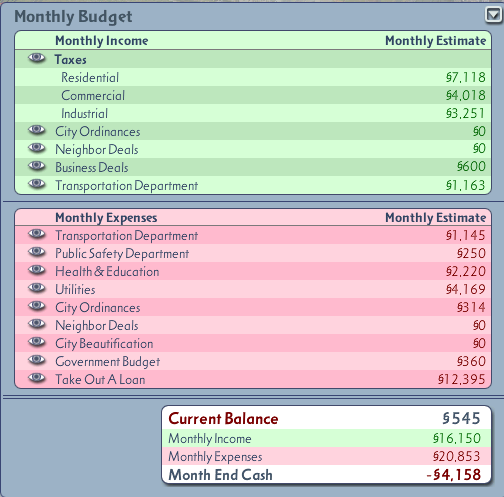For the third year, it was decided that the fundamentals of a highway system should be implemented. The basic plan was for a loop around downtown, with an extension towards the area near Sim Lane to the northeast, a road to the region south of La Métropole, and after that, expansion as needed. The first highway was built for $13,000 west of downtown.
Soon, the to-be-highway was built out, mostly as avenues, to the tune of an $80,000 bill.
With the downtown loop and connections north, south, and east, indicated in blue, the highway would allow access to most of the city in quick time. The western spur of land was deemed too small for a highway, while the mountainous regions by the coal plants were not expected to have development in the near future.
Initial zoning in year three focused on industry, with La Métropole being short on jobs. A downtown train station was also built.
Commerce was also developed, as joblessness was affecting population growth. Meanwhile, with about 40,000 people, crime was starting to be a concern.
The only jail cells were in the police station itself, and indeed, there were no longer enough of them. A jail was thus opened by the landfill. Alas, it was not before 10,000 people left La Métropole due to unemployment, dropping the population by a quarter

.
Towards the end of year 3, a focus was put on making sure busses connected high-rise apartments with jobs. With those skyscrapers contributing the most commuters, keeping most of their cars off the road was crucial.
As the budget dipped late in the year, a prison was offered. Immediately thereafter, an army base was offered as well. Both were built so as to fund continued expansion; the army base named Fort Inner Calm, and the prison placed next to the city jail.
40,919 people lived in La Métropole at the end of the third year, a much slower rate of growth than previously. The deficit was healthy, many were jobless, and the question of whether this was a sustainable model was a lot more serious than before.
Still, the past year had some goodnews. One was that public transit had went from nothing to several thousand daily riders.
Also an improvement was that thousands of jobs had been added.
Still, there weren't a lot of jobs. Fort Consternation had 0.54 jobs per resident. New Eden had 1.78 jobs per resident (which was actually down quite a bit in the past 5 years). Spudsville had 0.44 jobs per resident. La Métropole, however, had just 0.38 jobs per resident, even with the job growth. Considerably more jobs would be necessary to significantly increase the population.
To start year 4, Quintillus took the required loan. Doing some math, it turned out that there would only be about $60,000 to play around with this year - the rest would be required to cover the deficit. This was Not Good. Income was rising quickly, but expenses were rising faster.
It was clear that investing all the money at the beginning of the year was no longer an option.
Investing some was, nonetheless, necessary, so Quintillus zoned a new industrial area.
Dead Forest Papers, cement plants, widget shops, motor works - all were welcomed. And they came - more than two thousand jobs were added by mid-spring, brining the population-to-job ratio up to around where Spudsville was.
As summer came and air conditioners cranked up, as well as new factories, brownouts began. This time, even if a solar plant could have been built, it would have been skipped,with money no longer so readily available. An oil plant was considered, but in the end, a coal plant, Plenty of Cash Memorial, was built instead.
Towards the end of the third year, it as decided to enact the Clean Air Act. Currently,the air was quite polluted, and this was negatively affecting land values.
Before the effect could be determined, the first disaster of the city struck! A fire!
Looks dangerous with all that red pollution, doesn't it?
The population had only risen to 43,220 by the end of year 4. Job growth, however, was much stronger.
That's dirty industry leading the way forward to progress! La Métropole has actually tied Fort Consternation for number of dirty industry jobs. The city was now up to 0.51 jobs per person, a much healthier ratio. So population growth could resume once more!
For the fifth year, it was calculated that once more, there would be about $60,000 to play with, but that was from a slightly higher starting point than the previous year. It was quite possible that by the end of the next mayor's term, the loan would merely be enough to fund continuing operations.
The first area of expansion was the the university. High-rise housing was zoned, and the freeway expanded.
By summer, all the new residents yielded a healthcare strike, and a threat of a school strike. Without the money to fund another hospital, instead of a second one being built, the first one was closed. Some of the money went towards hiring more teachers.
The next area to build up was out west. An avenue had been built there the previous year; now skyscrapers were built.
Naturally, the influx of people meant a shortage of jobs. New industrial areas were thus zoned just inside the outerbelt.
Unfortunately, commercial growth just wasn't happening as much as would be liked. To entice more bigwigs to town, a landing strip was zoned near the sea.
The only problem was the city couldn't really afford this, and would be broke before year's end. Nothing a little bit of underfunding road repairs and police coverage couldn't fix, though! On the down side, it meant the northwest part of the highway loop would not be finished afterall.
It seemed not everyone agreed with this course of action, as the police and firefighters went on strike.
Not wanting to risk the city burning down, fire funding was restored, and the police were let go. Meanwhile, cutting utility funding had led to a draught, and everyone knew how bad those could be, so utility funding was restored, at the cost of more road maintenance. City beautification was also discontinued.
This all meant that despite the new high-rises, the population didn't really increase, as people just moved from their old apartments and condos to the new ones. Thus, the population dipped by more than 10% near the end of the year. Still, it was significant growth year-over-year, to 58,985 people. The new loan to start the new year would allow continued operations of the city as well as expansion, and thus, while there had been a crunch, the city's growth could continue nearly unabated! Or at least, that was what the optimists said was supposed to happen.
Population: 58,985
Jobs/person: 0.42
Funds: $545
Deficit: $4703/month
Loans taken: $1 million
Debt remaining: $775,984
Mayor rating: +4/12
Link to region



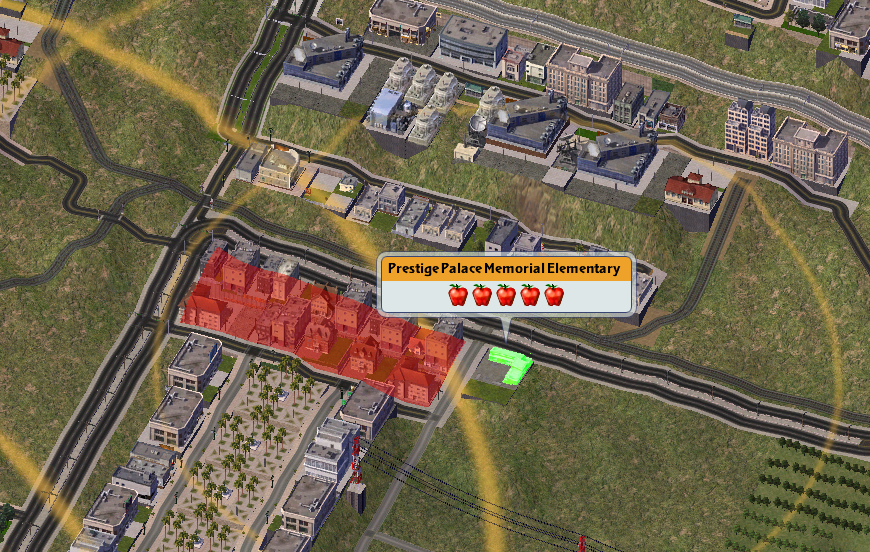
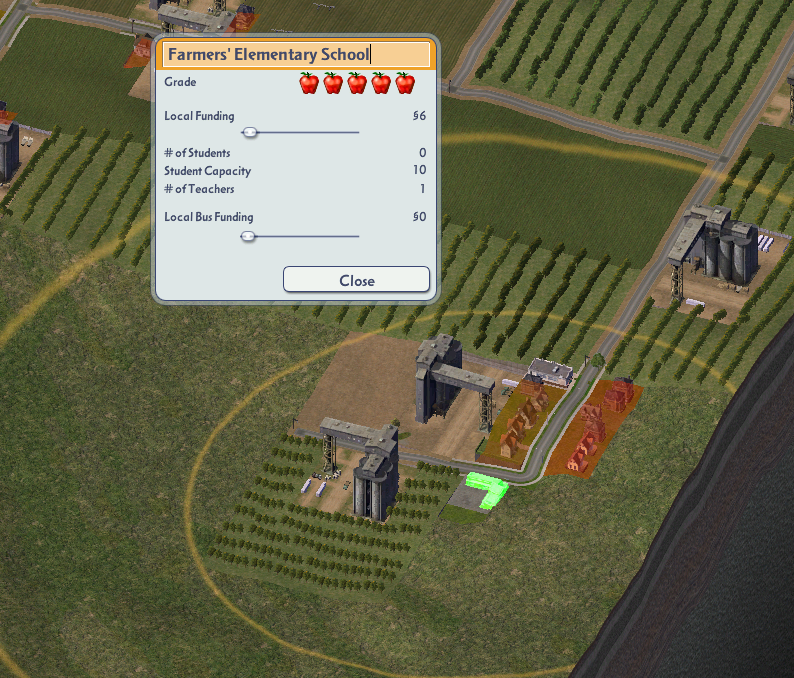
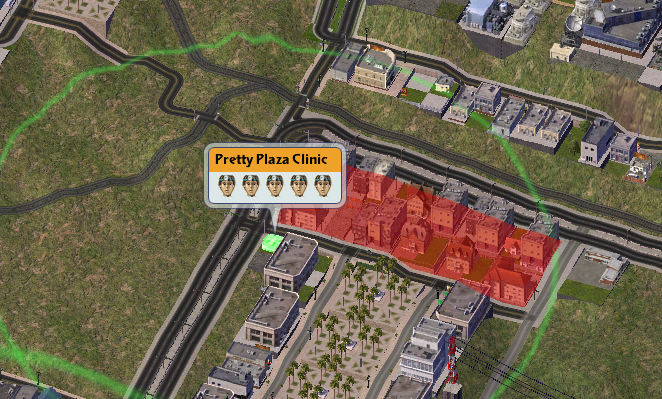
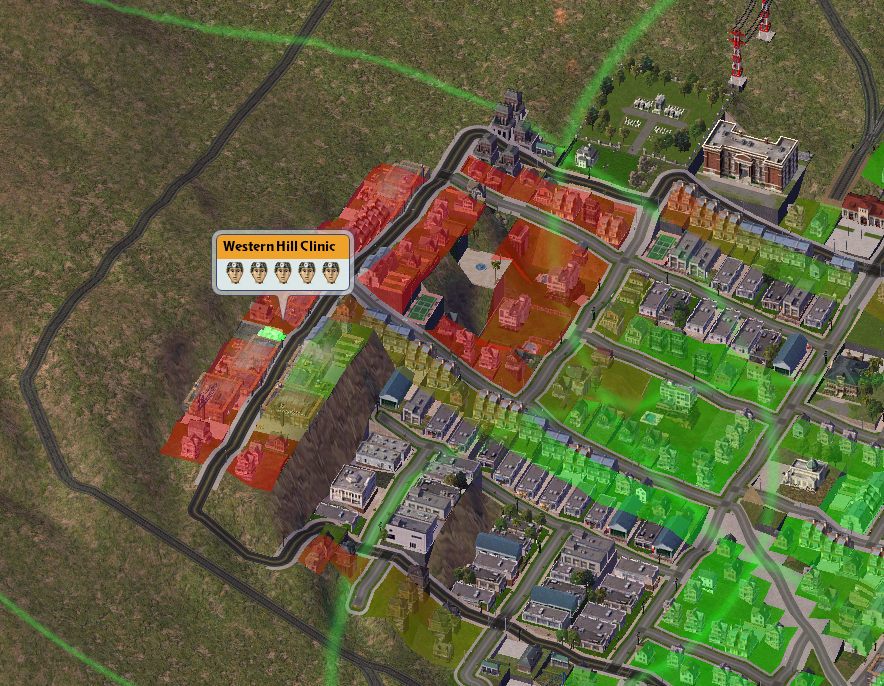
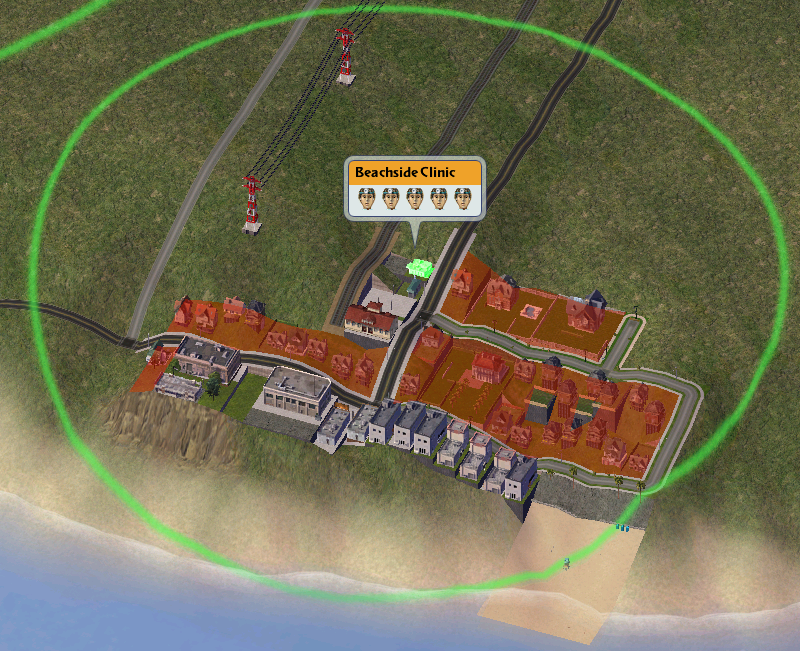
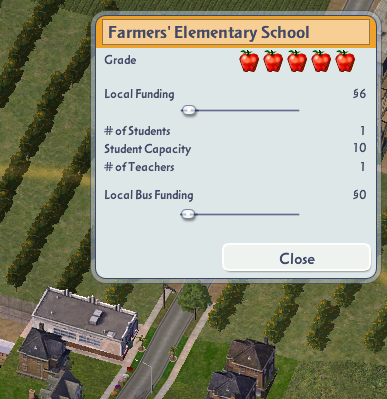
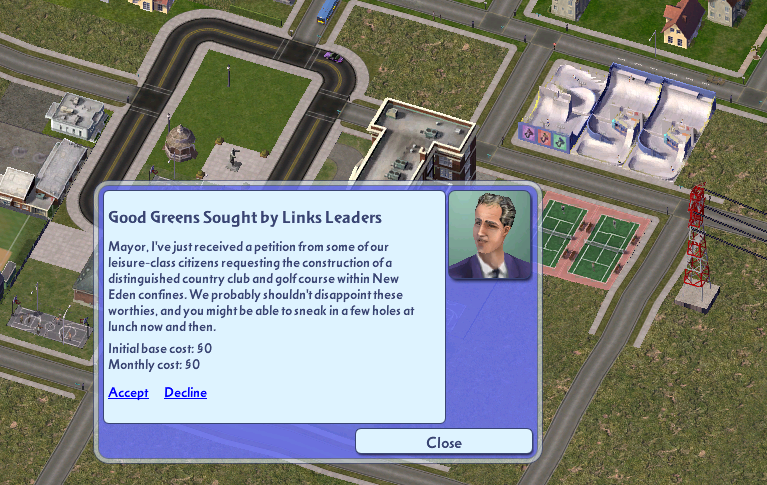

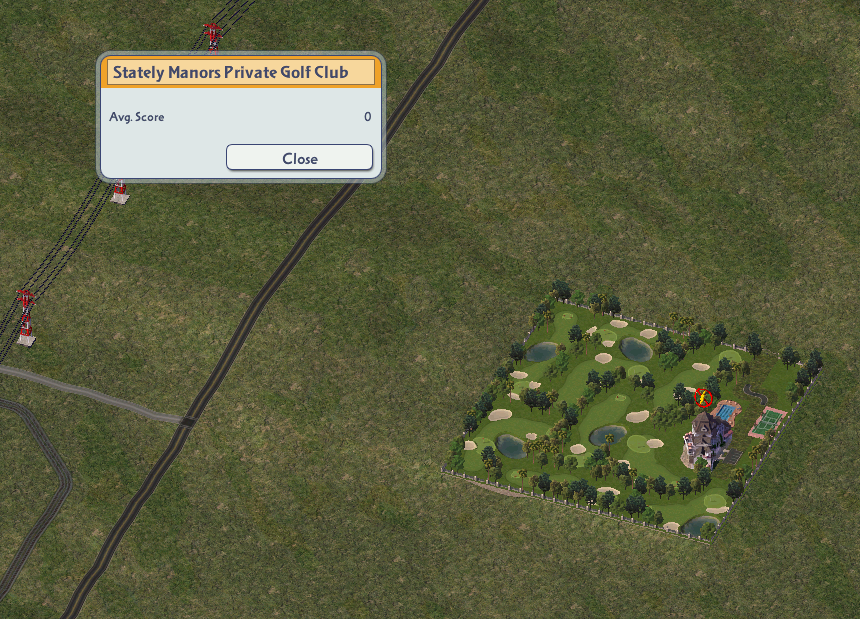
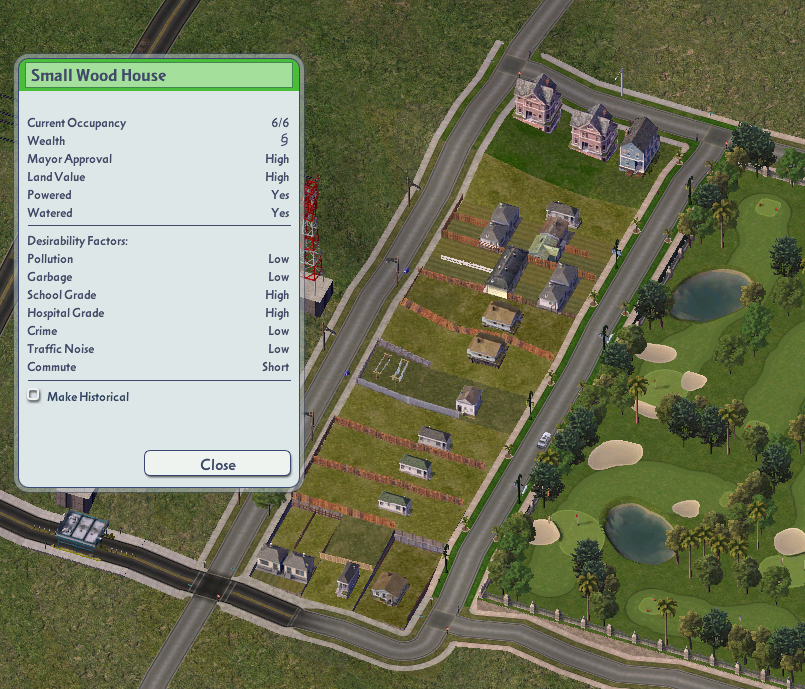

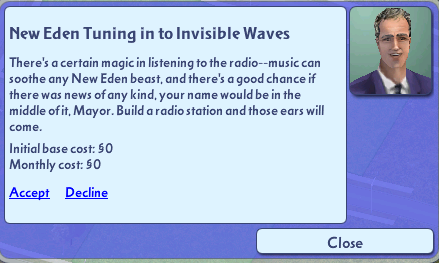
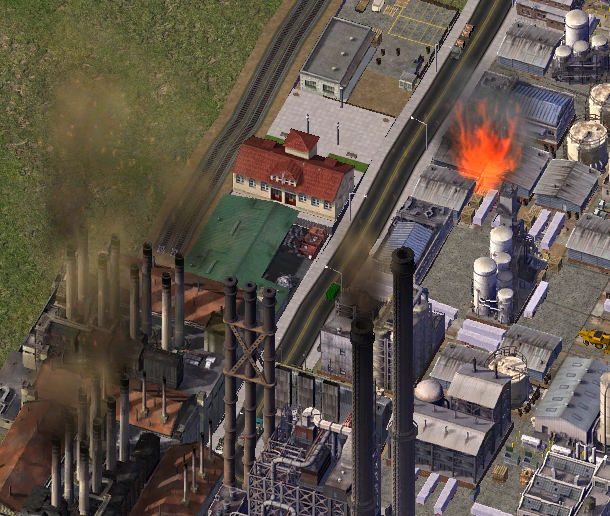
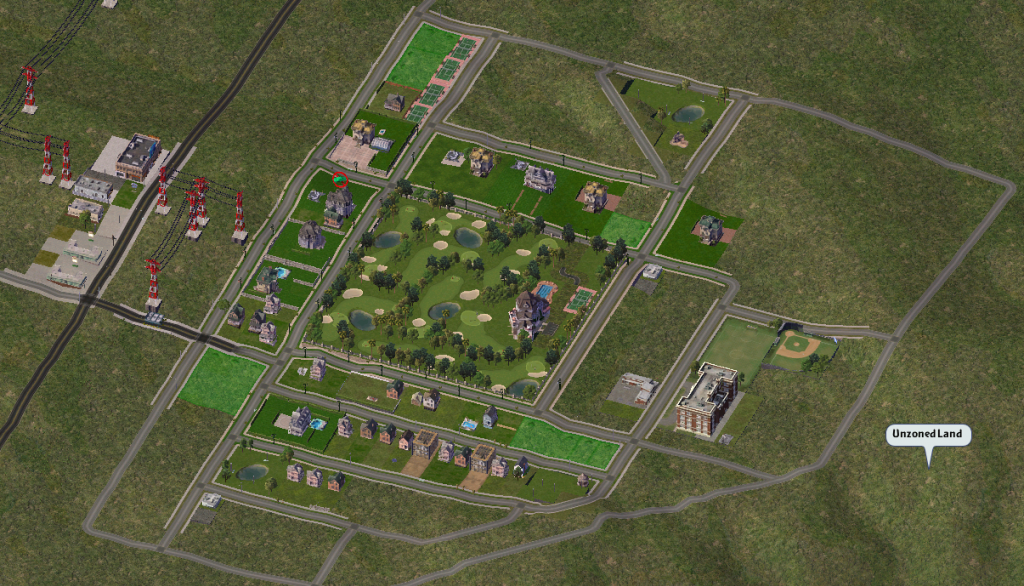
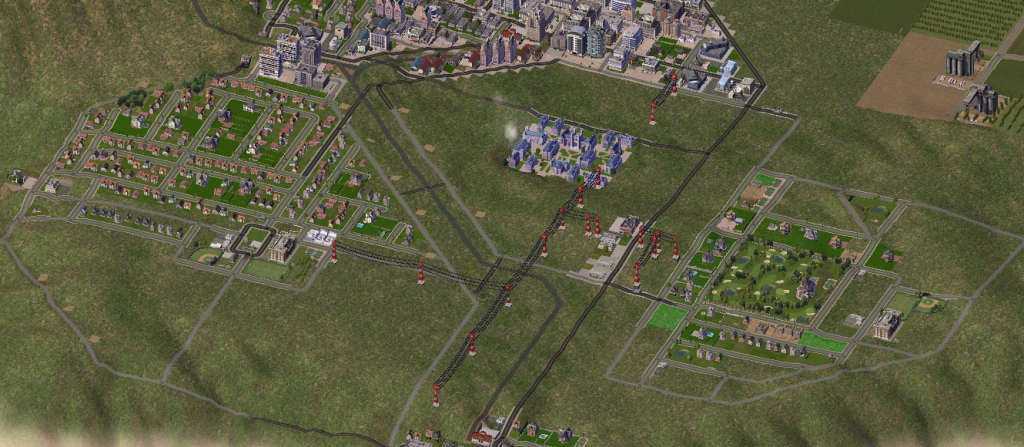
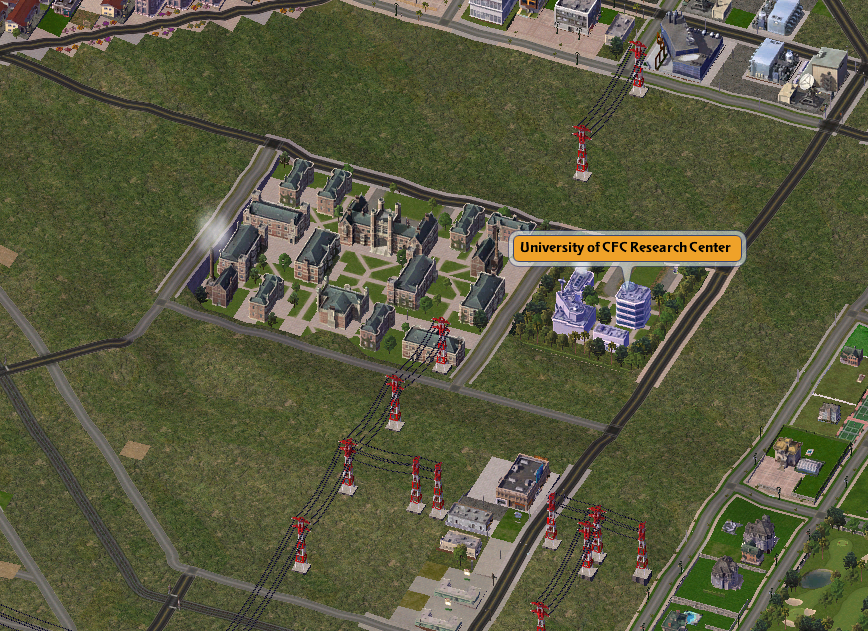
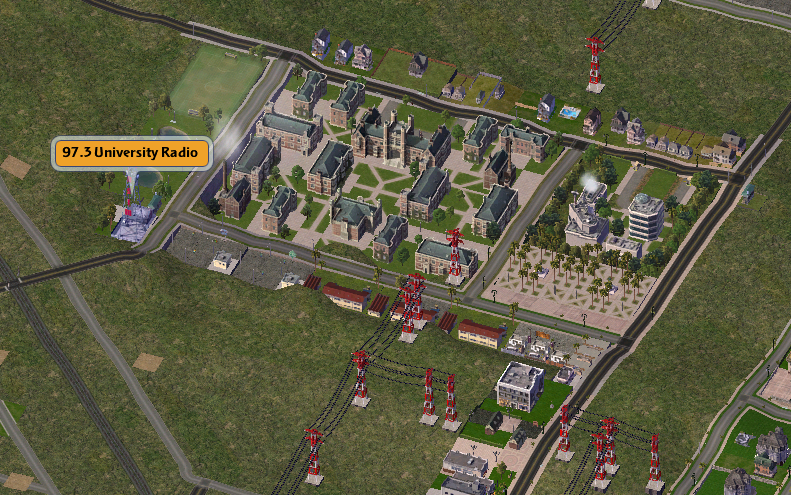
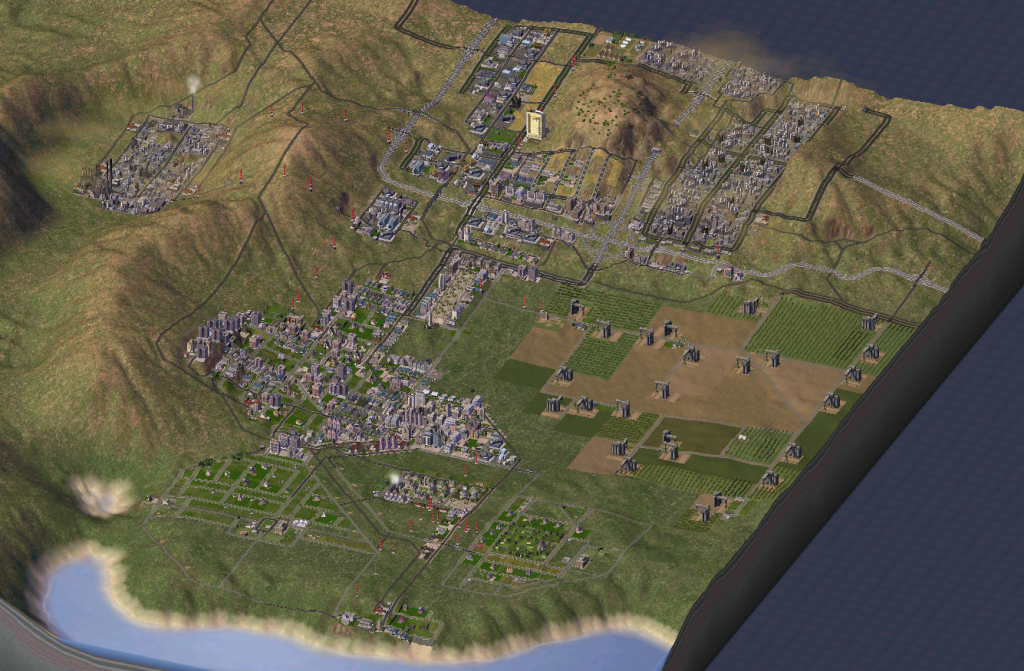

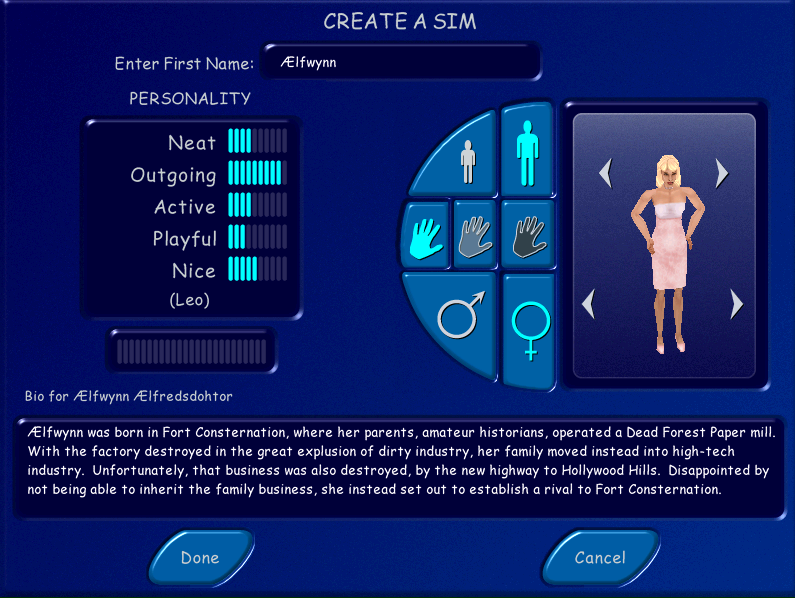
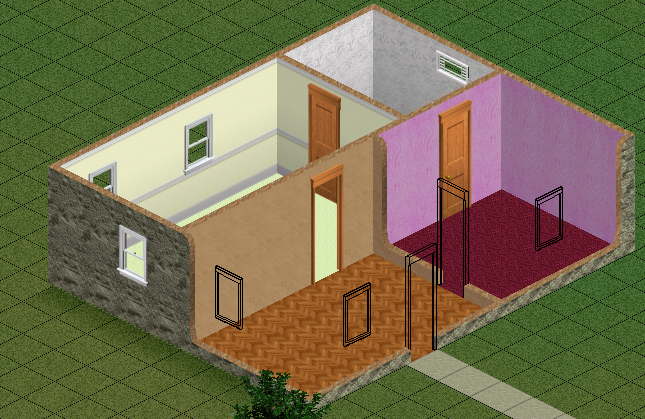
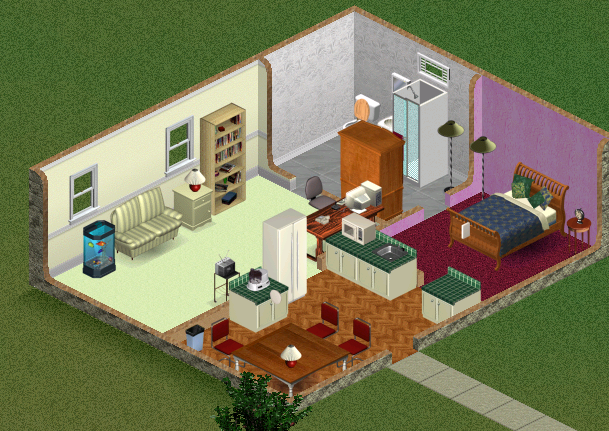
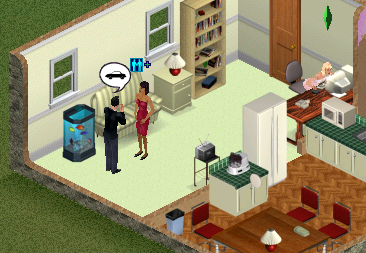

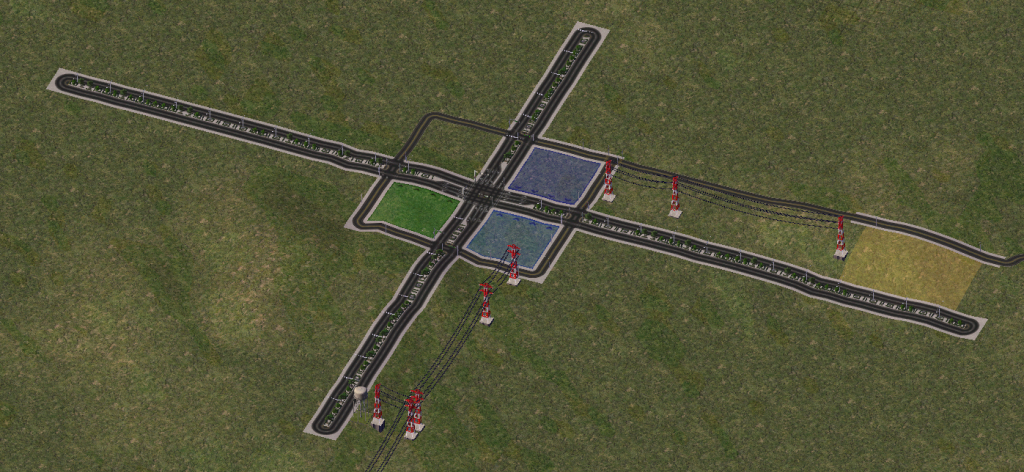
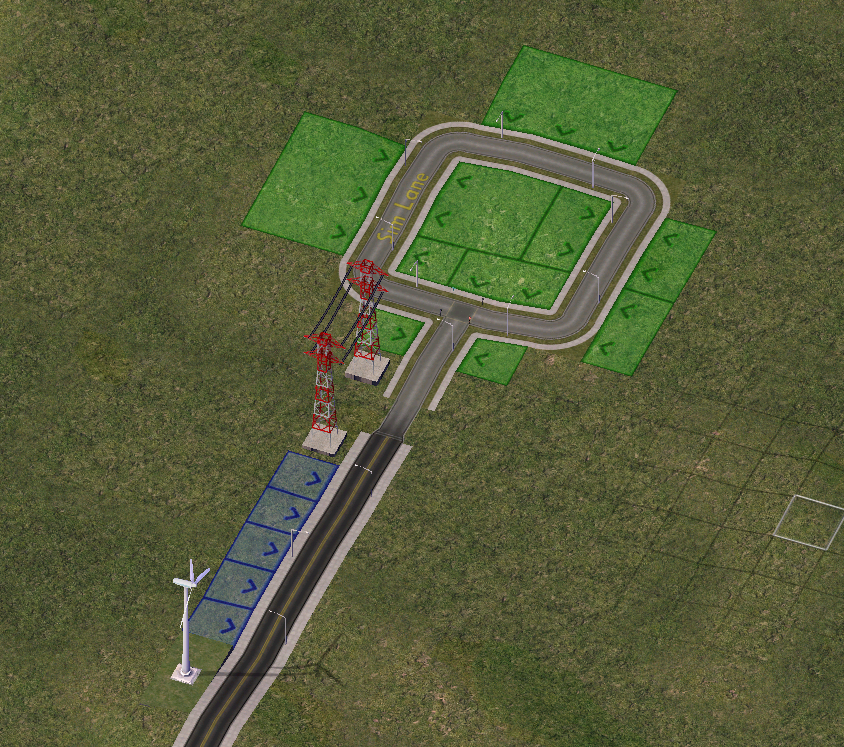
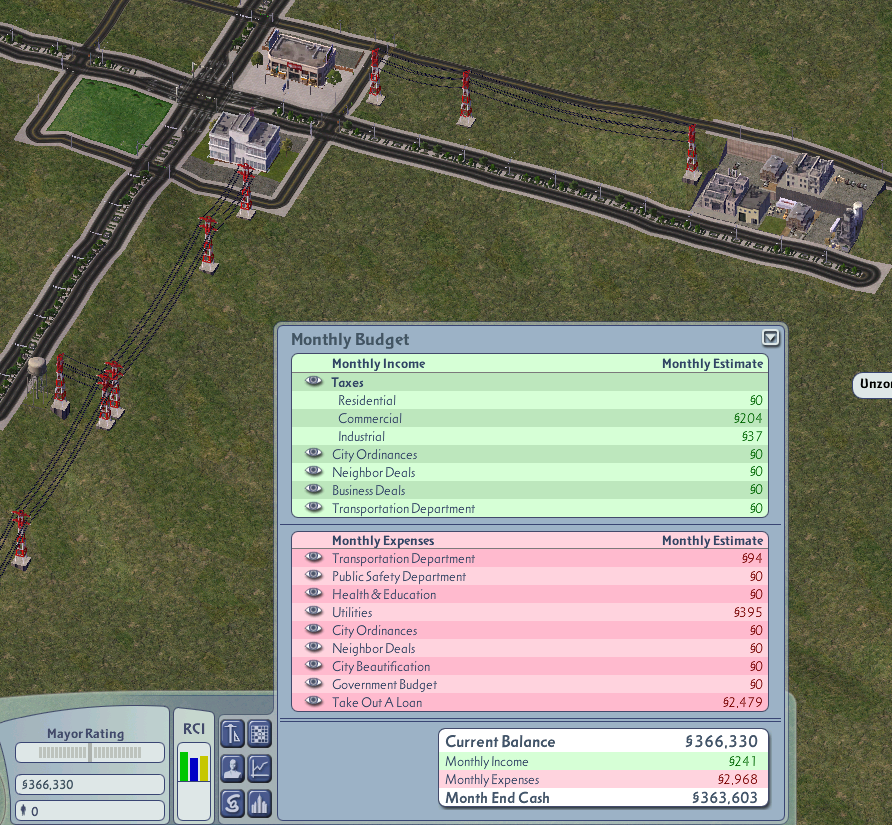
 This was rather odd. Fortunately, Sim Lane was developing, and our founder was able to move in to a Tiny Bungalow flanked by cement trucks.
This was rather odd. Fortunately, Sim Lane was developing, and our founder was able to move in to a Tiny Bungalow flanked by cement trucks.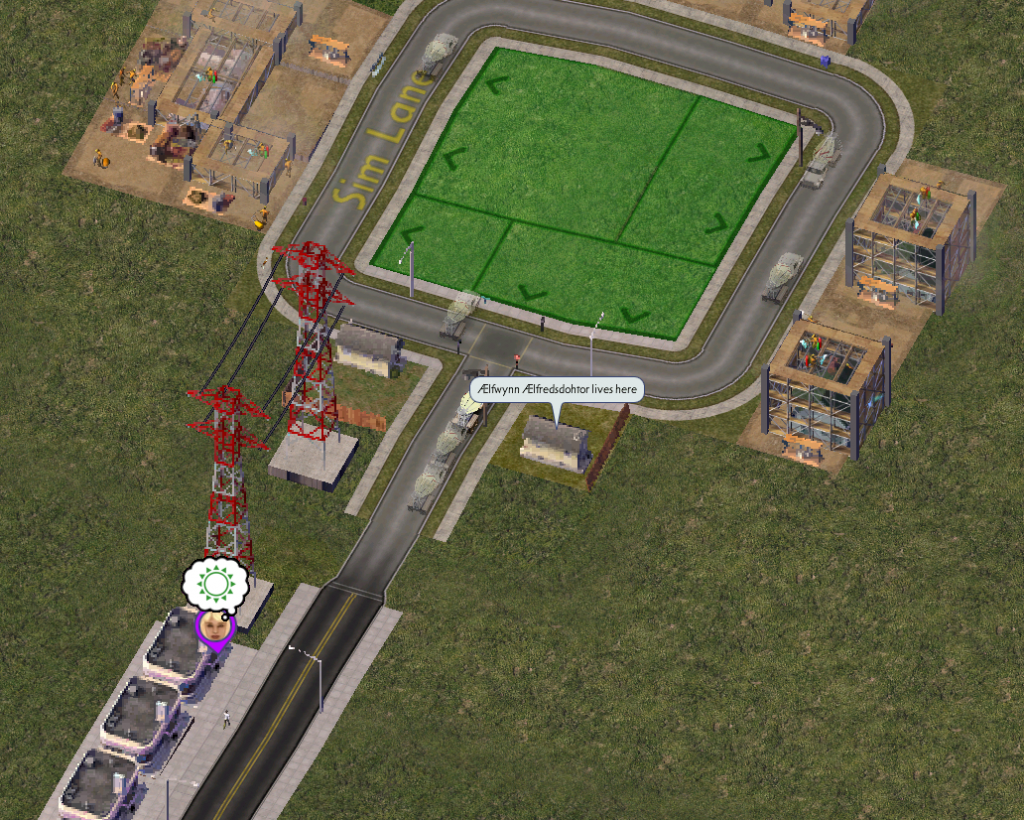
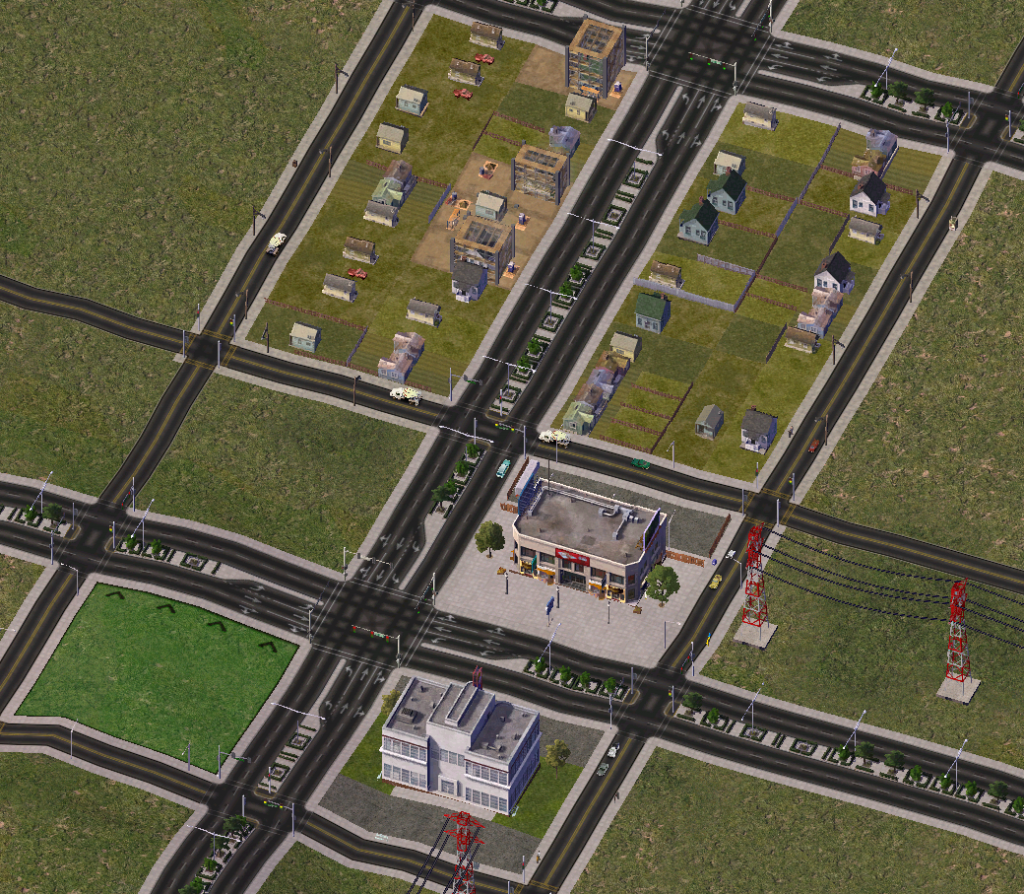
 The residents of Fort Consternation had experience with issues like that as well.
The residents of Fort Consternation had experience with issues like that as well.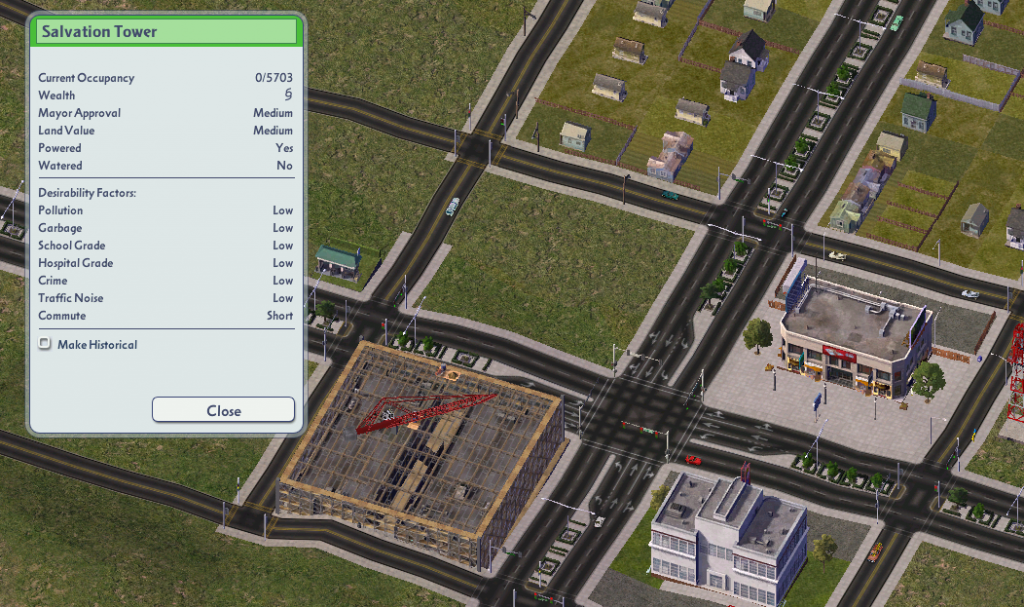
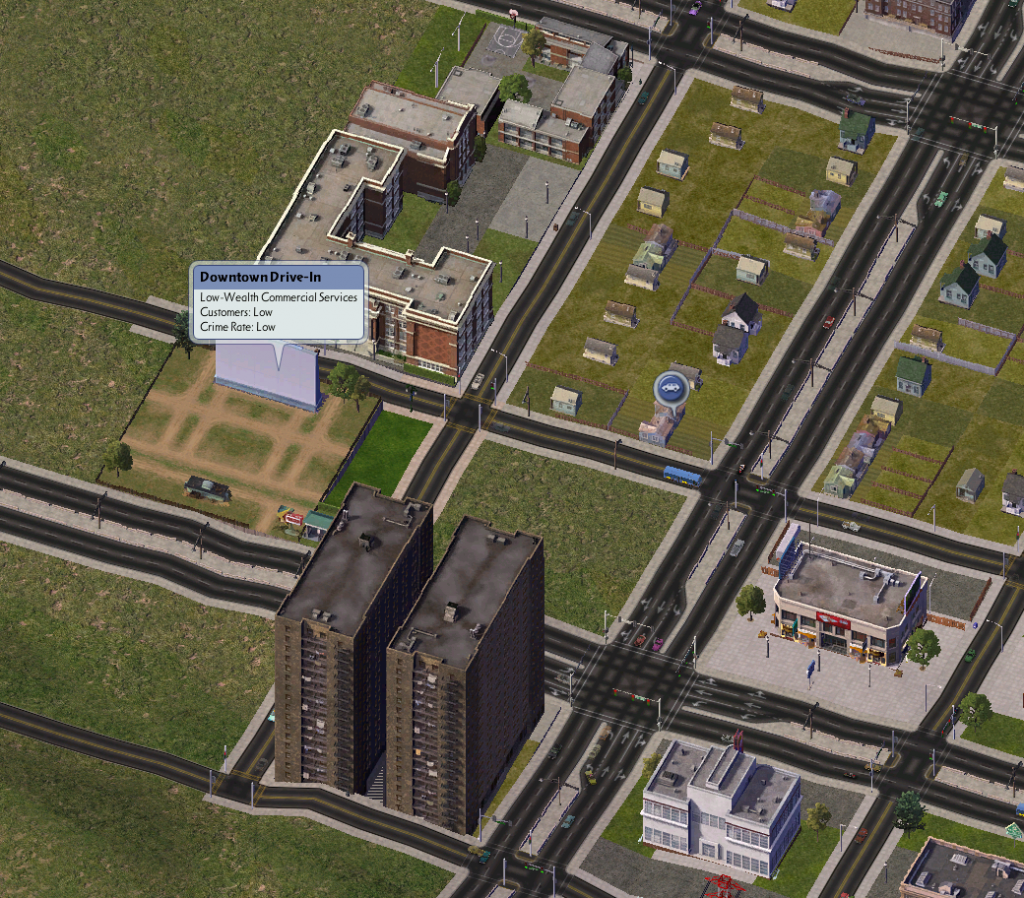
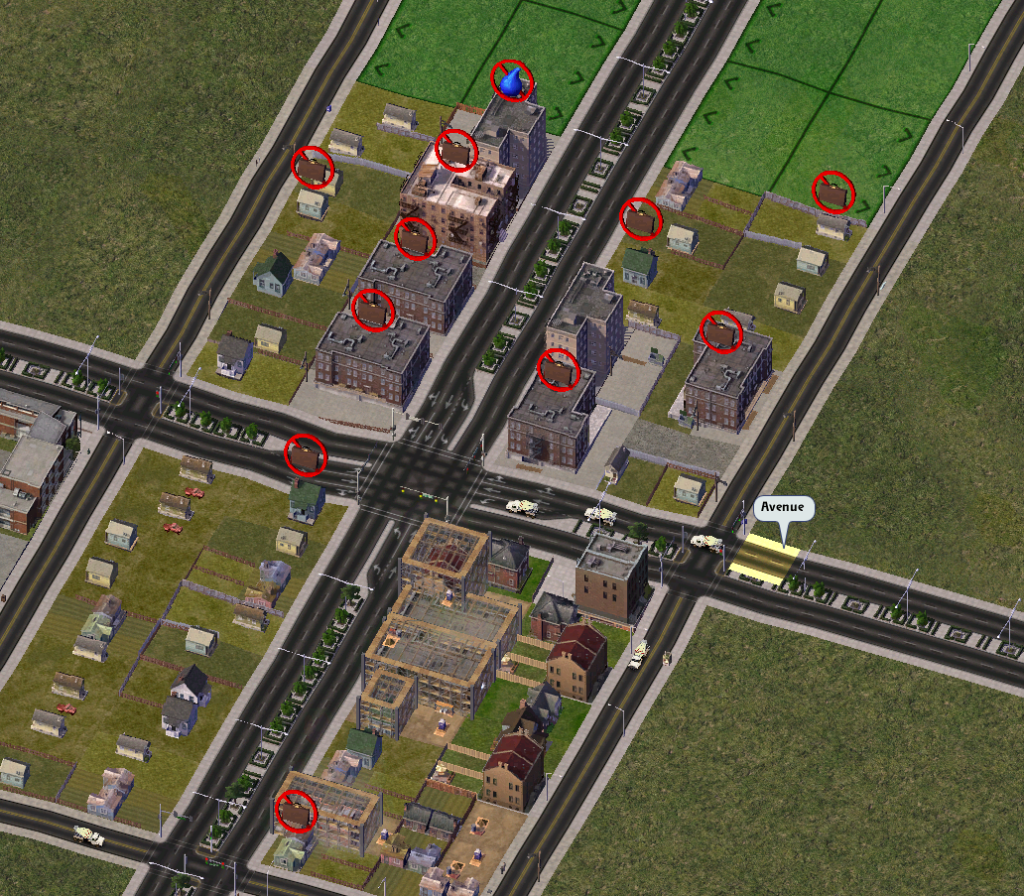

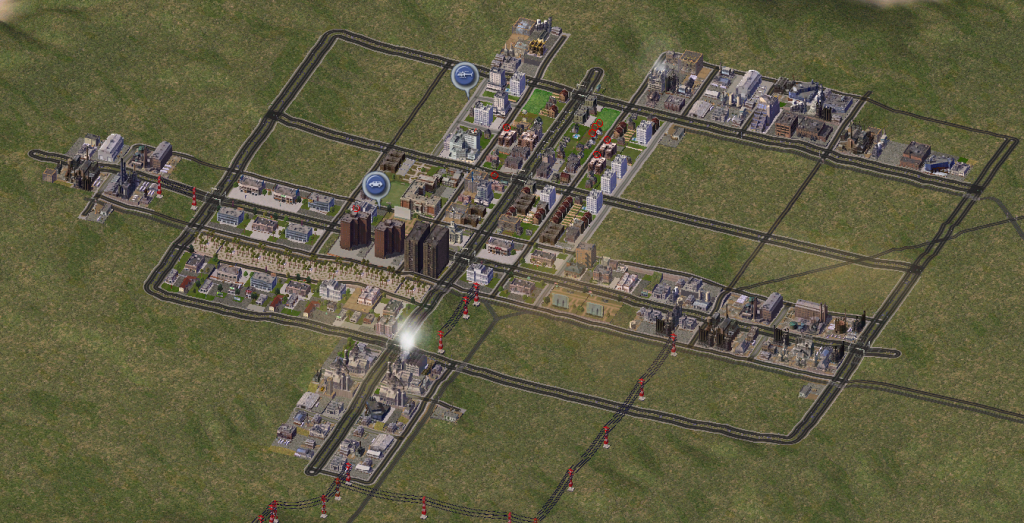
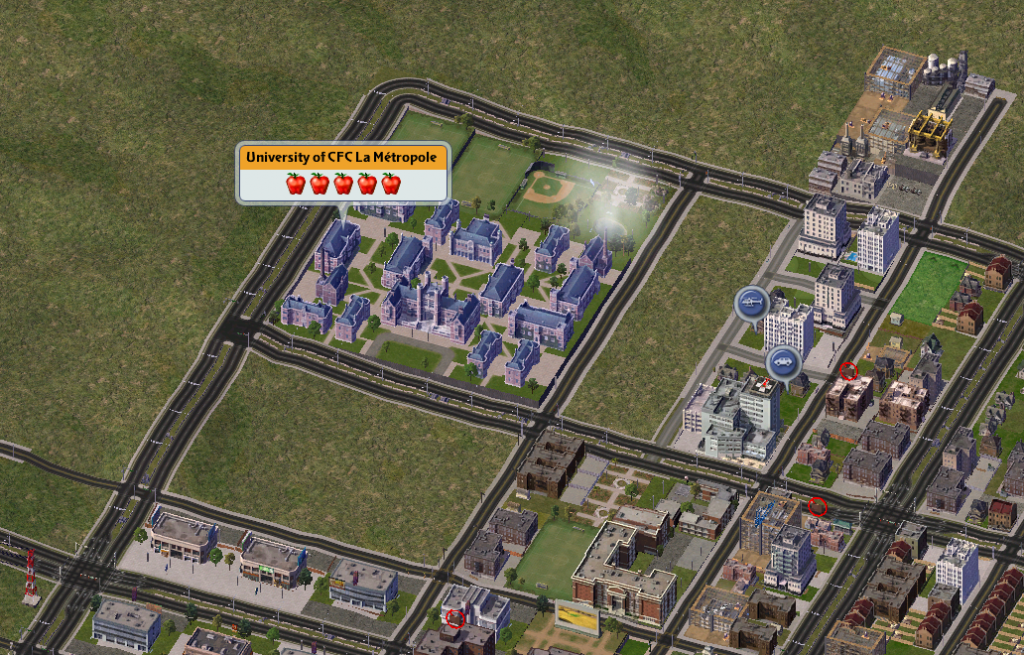
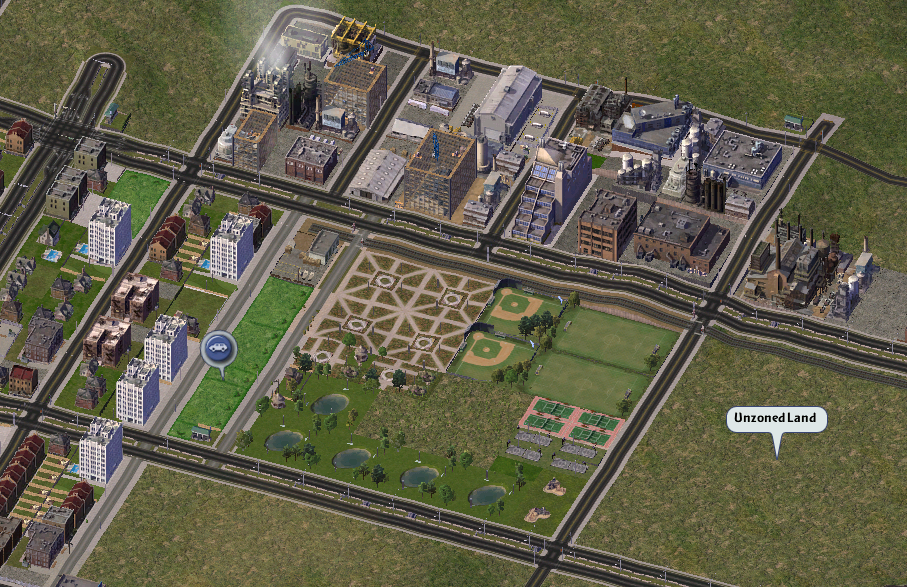
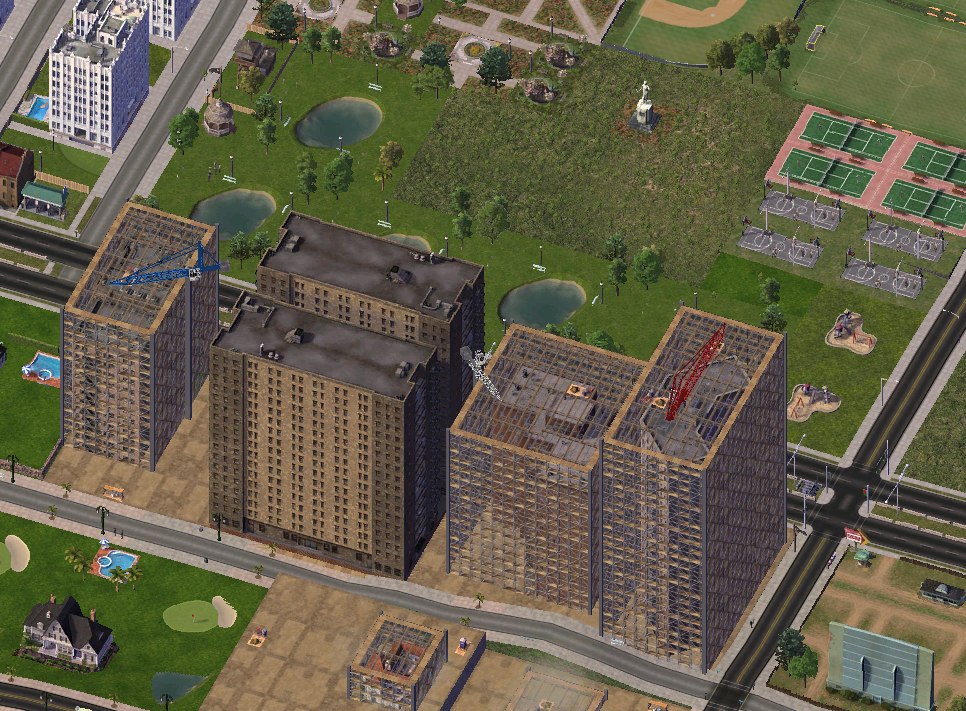
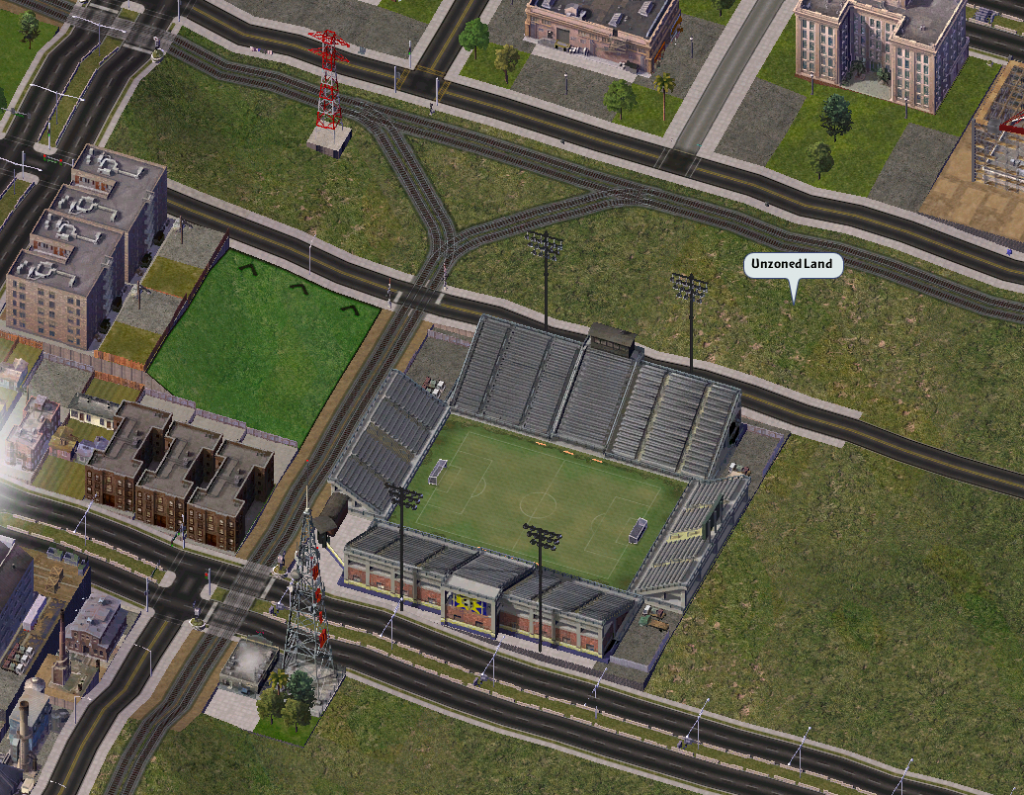
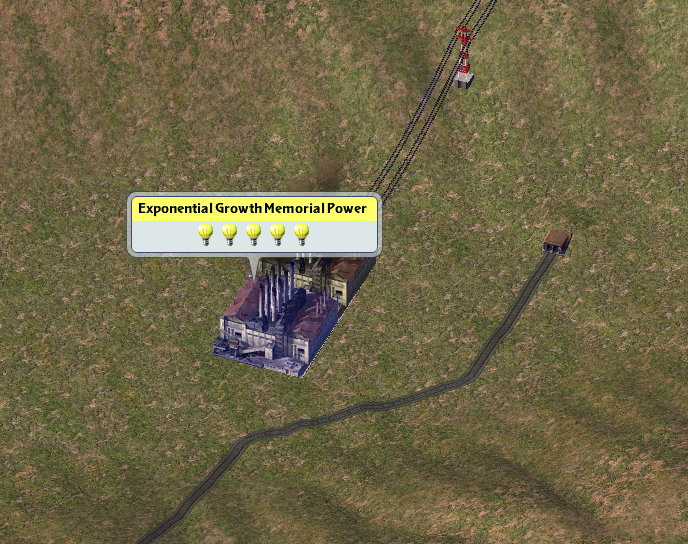
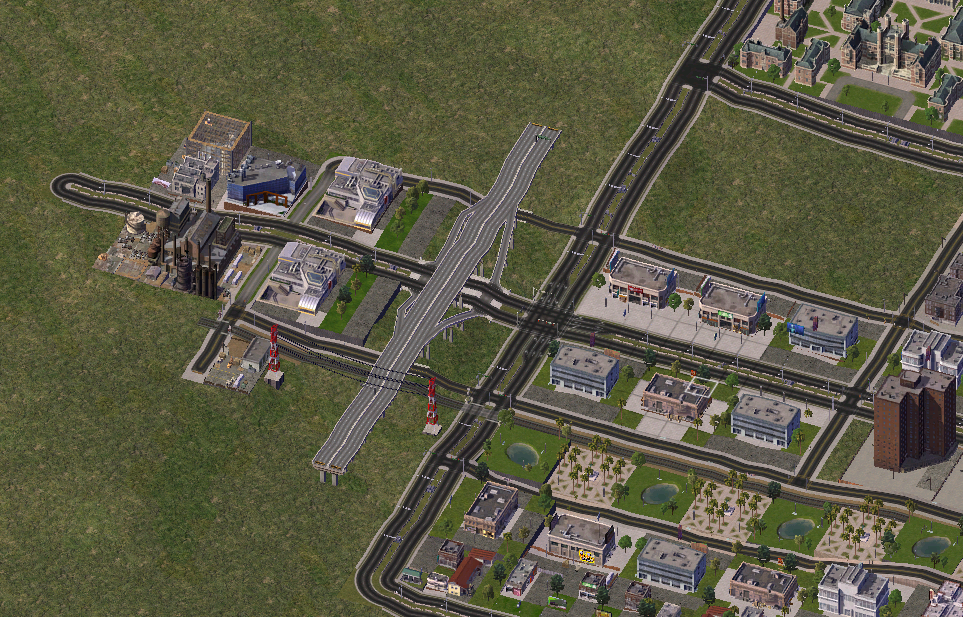
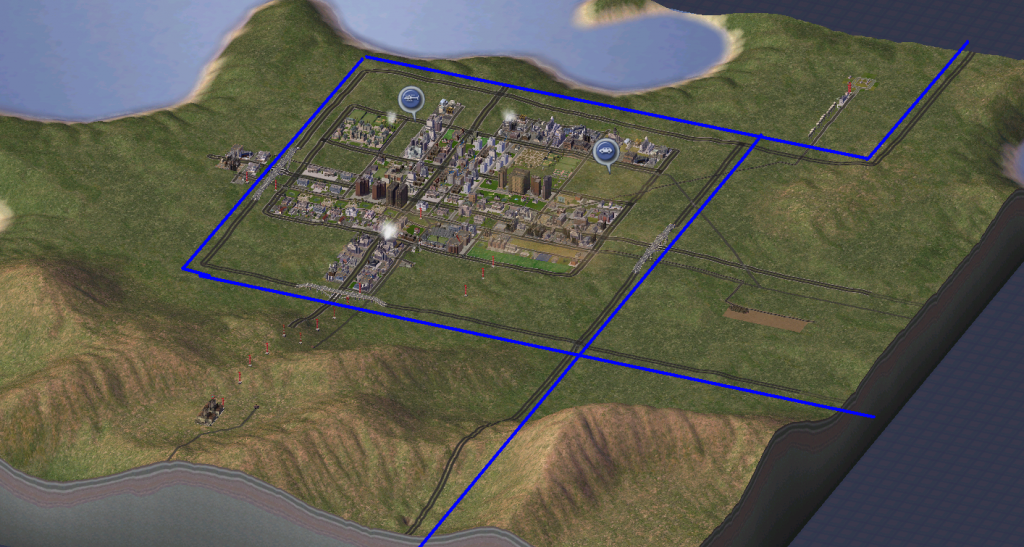
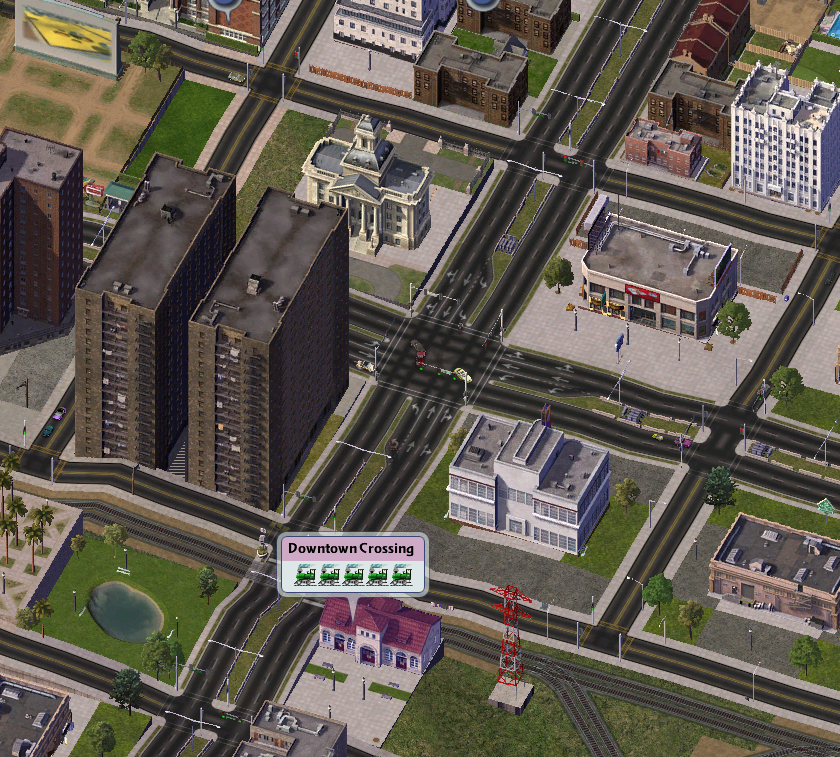
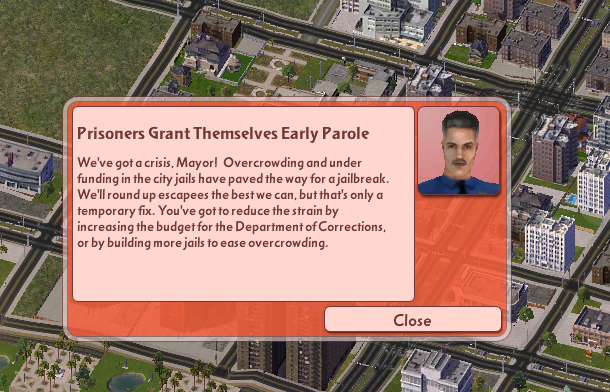
 .
.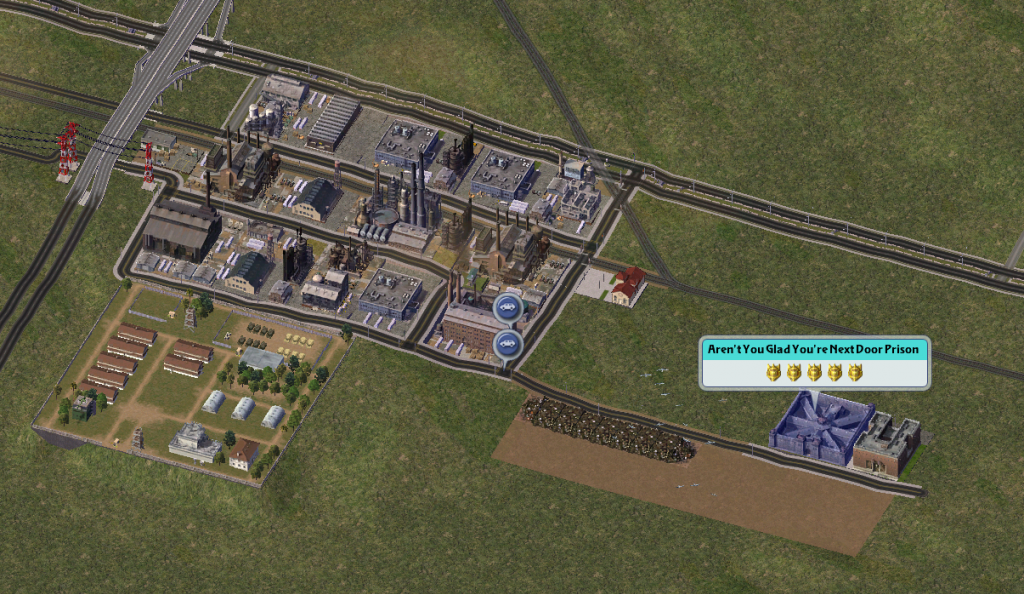
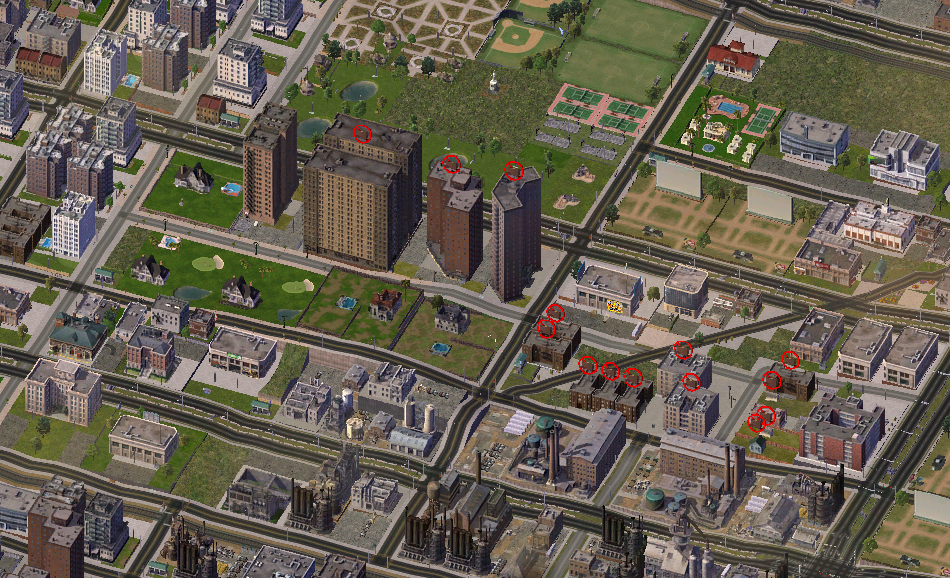
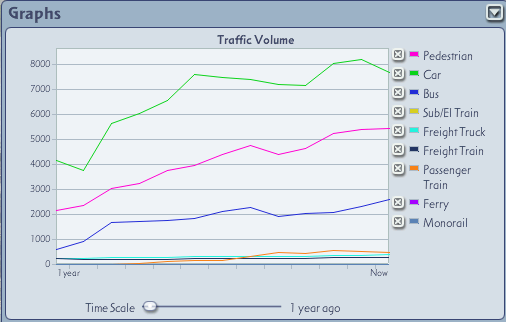
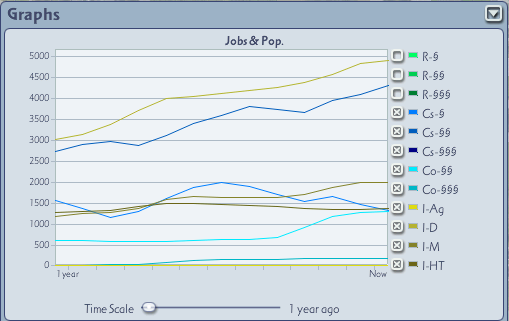
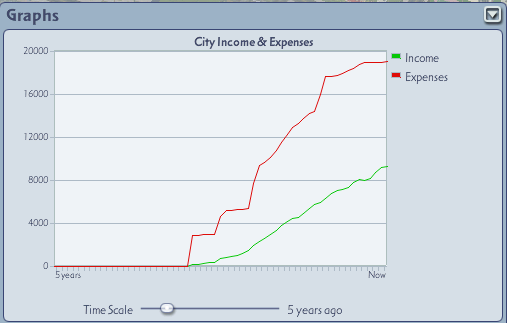
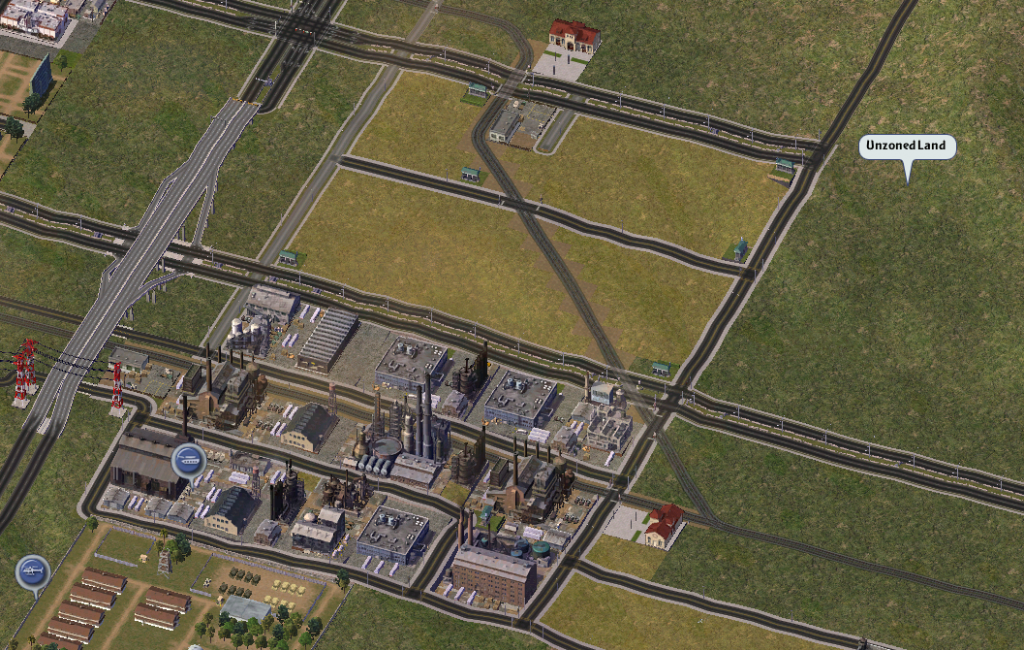
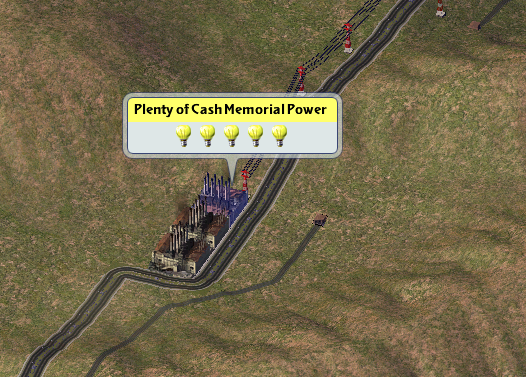
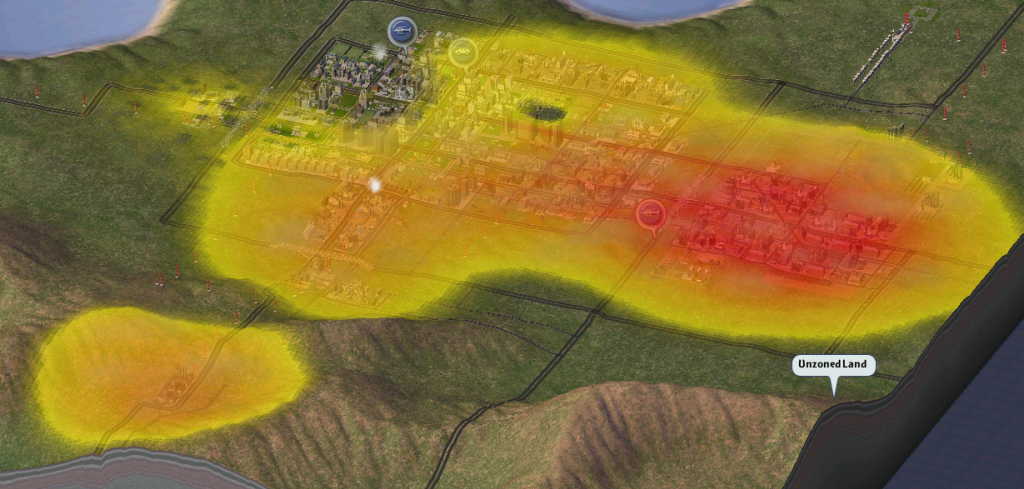
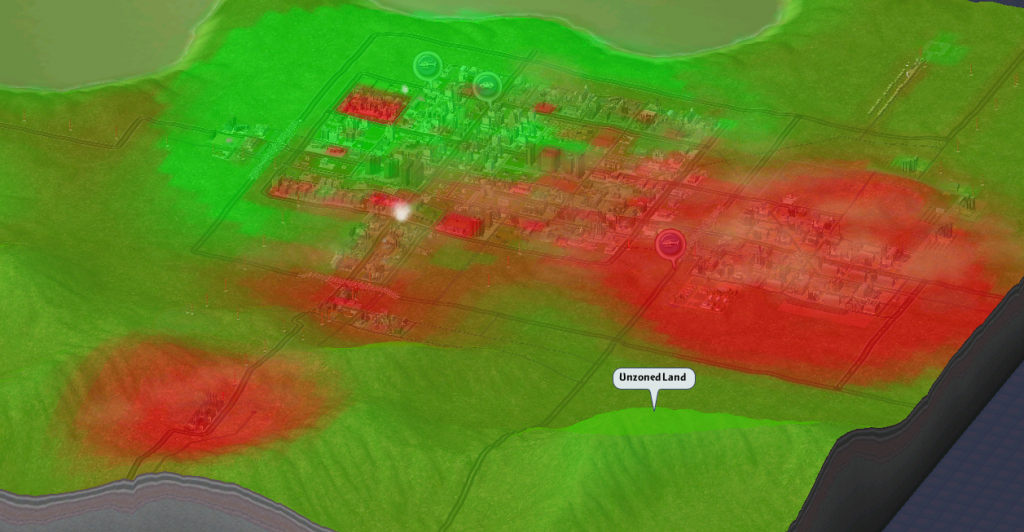
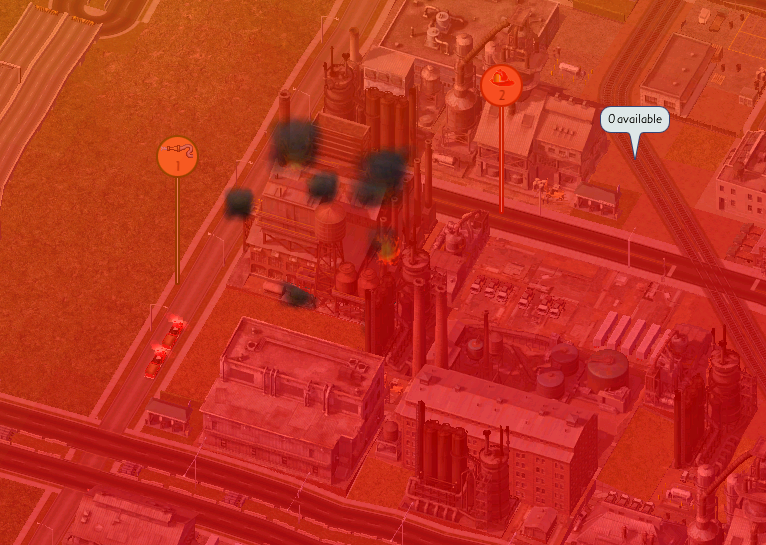
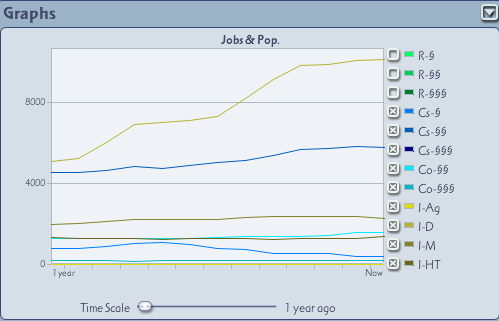
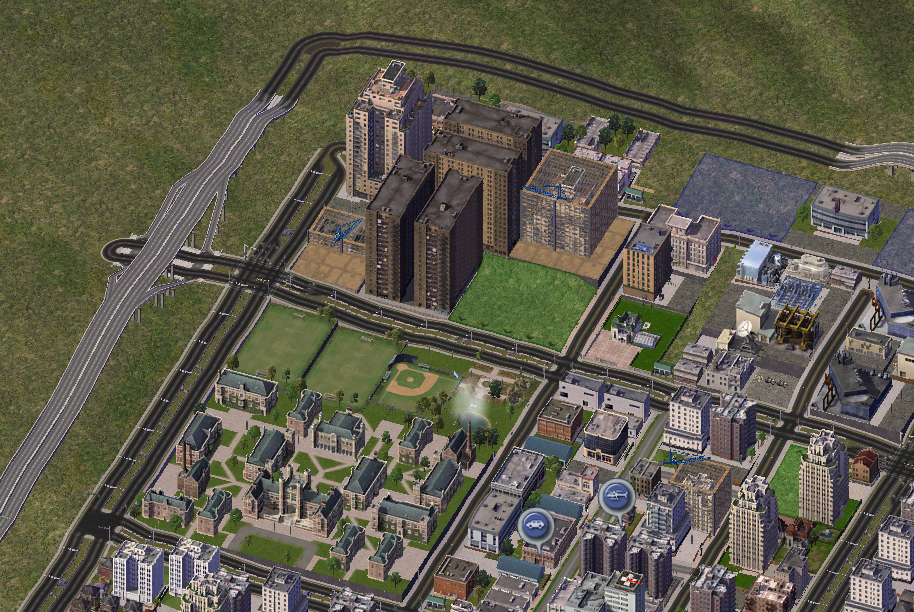
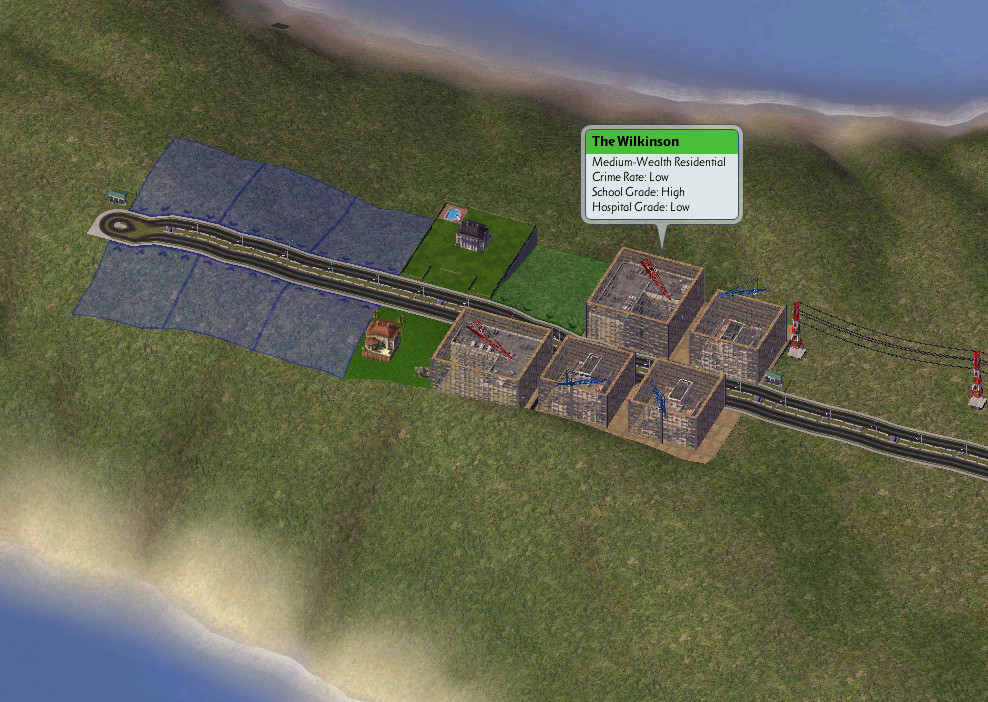
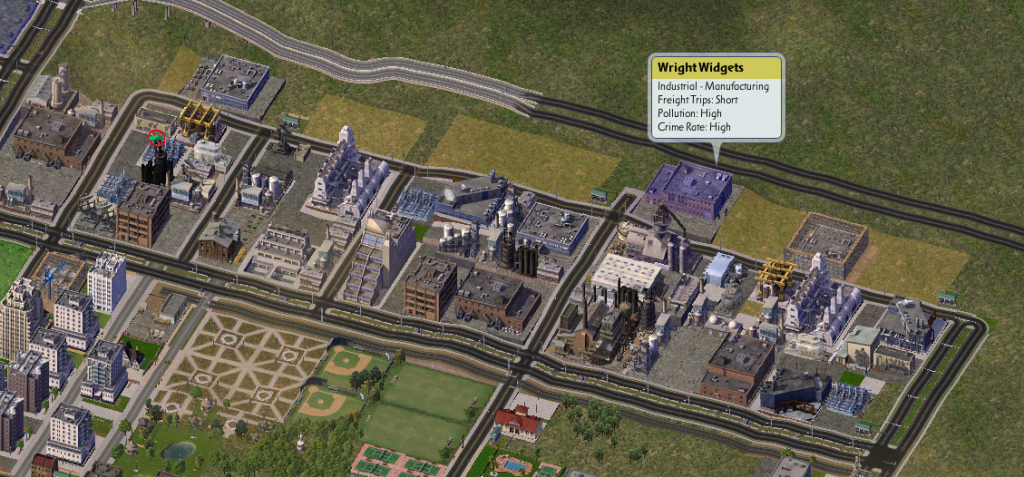
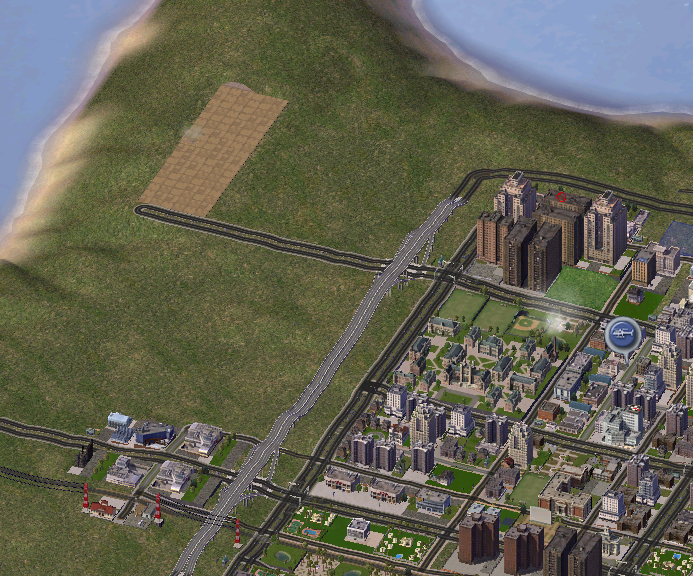
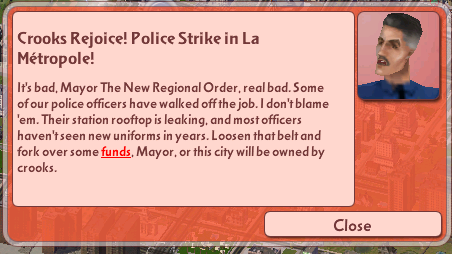
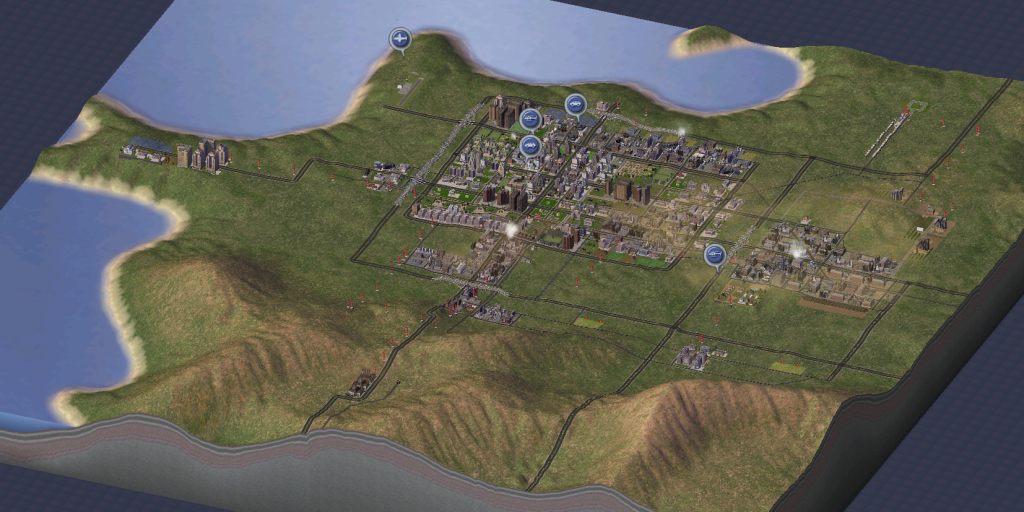
 Nice city otherwise. I wonder how much Ft. Consternation contributes of that exponential growth.
Nice city otherwise. I wonder how much Ft. Consternation contributes of that exponential growth.